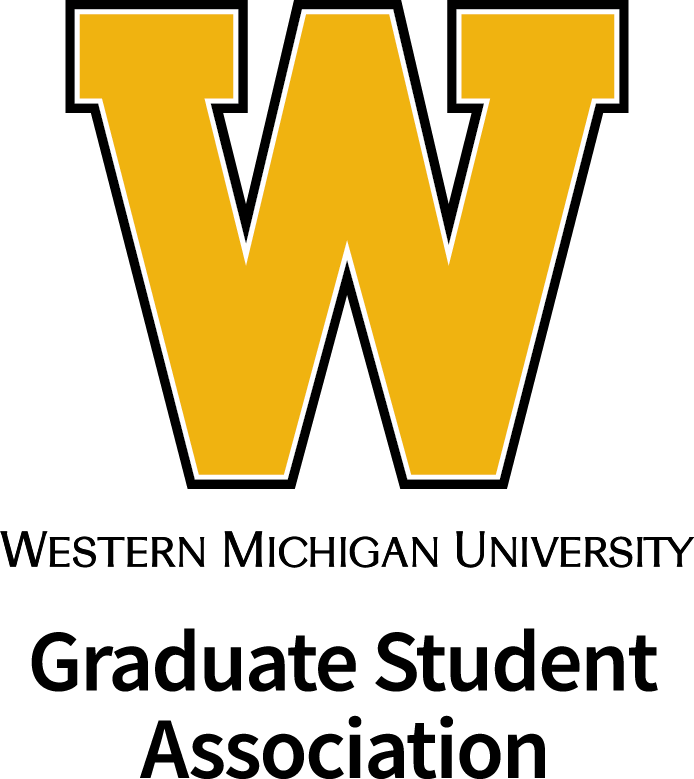Abstract
Abstract
Methods for preparing and burying the dead vary widely across time and cultures, but an enduring theme persists in ritualistic deposition. Some forms of disposal include inhumation, cremation, entombment, sea submersion and methods of exposure (Spellman, 2014). For many cultures, an exposed corpse or one that had not been given ritualized funeral rites was viewed as improper or neglectful. Exposed or rotting bodies is also associated with disease and illness (Feagan. 2007).
The transition from natural burial to preservative practices is a recent invention created in response to mass death during a wartime period (Stowe, Schmidt & Green, 2001). For the purposes of the historical discussion in this paper, we will be focusing on American burial traditions and transition of funeral practices during the civil war era. Ecological discussions questioning the sustainability of embalming as a modern practice have surfaced, challenging conventional burial methods. The response has been to create ethical waste disposal methods exemplified in the “greening” of funeral practices (Gonzales, 2009). This includes cremation alternatives and inhumation without chemical preservatives. The green burial, or natural death movement, seeks to “restore organic balance with the earth” through the integration of the human body with soil (McFarland, 2010).
The secondary section of this paper includes discussion relating to New Age concepts of holistic ecology with sustainability efforts and recycling initiatives. Neo-pagan views of reincarnation are analyzed as part of the New Age Paradigm challenging us to consider human bodies as disposable waste. Lovelock’s Gaia theory is implemented as an ecological lens to explore the spiritual practice of body decomposition.
The final section of this paper discusses the hospice movement and non-curative philosophy within the New Age. Deinstitutionalizing death practices is not limited to funeral rituals, but also the medicalization of terminal illness. The current methods in which we dispose of bodies is reflective in the consideration and planning, or lack thereof, of modern burial arraignments.
Recommended Citation
Bouverette, A A. 3906173
(2017)
"Green Burials: The Deinstitutionalization of Death,"
The Hilltop Review: Vol. 10:
Iss.
1, Article 14.
Available at:
https://scholarworks.wmich.edu/hilltopreview/vol10/iss1/14

